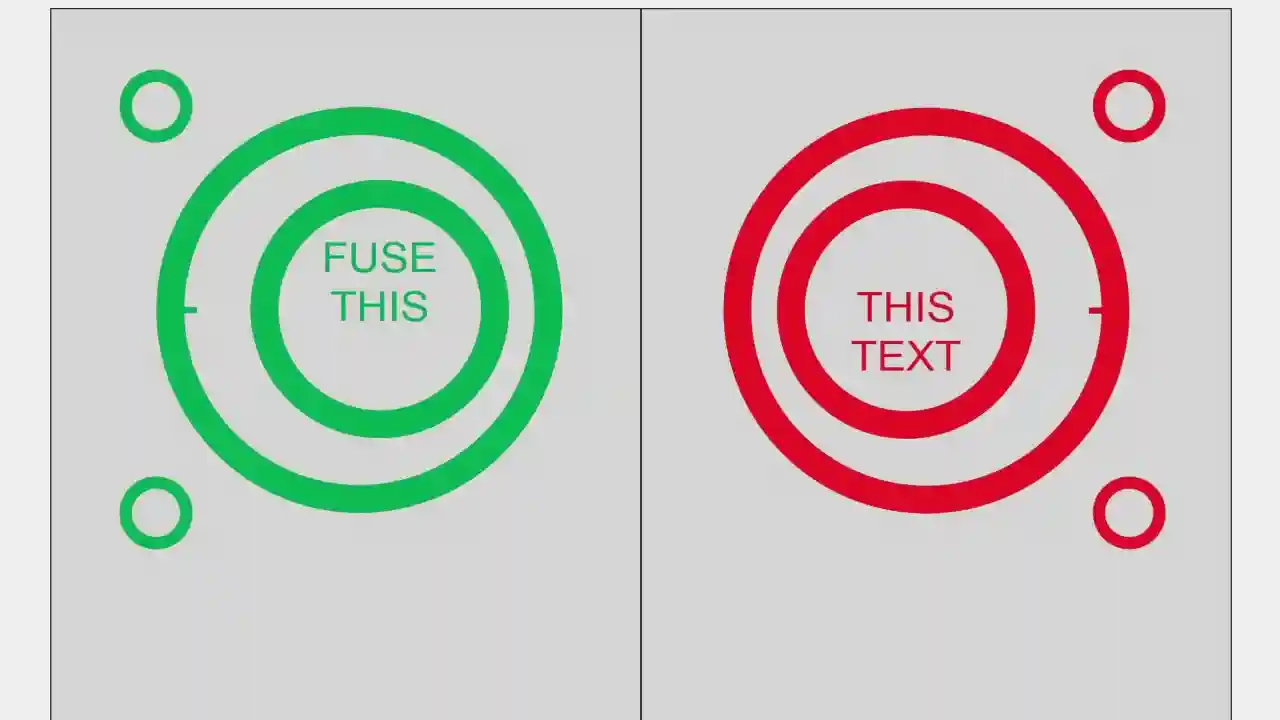A tooth infection, while often underestimated, can pose serious and potentially life-threatening risks if left untreated. Understanding how quickly a dental infection can become dangerous is crucial for recognizing when to seek immediate medical attention.
The Progression of a Tooth Infection
A tooth infection typically begins as a cavity or dental injury that allows bacteria to enter the tooth’s pulp chamber. From there, the infection can progress through several stages:
Initial Stage (Days to Weeks)
During this period, you might experience:
- Persistent toothache that ranges from mild to severe
- Sensitivity to hot and cold temperatures
- Swelling of the gums around the affected tooth
- Bad breath or an unpleasant taste in your mouth
- Difficulty chewing or biting down
Advanced Stage (Weeks to Months)
Without treatment, the infection enters a more serious phase:
- Formation of a dental abscess
- Severe, throbbing pain that may radiate to your jaw, neck, and ear
- Facial swelling
- Swollen lymph nodes
- Fever and general malaise
How Long Until a Tooth Infection Kills You: Timeline and Risk Factors
The progression from a tooth infection to a life-threatening condition varies depending on several factors:
Typical Timeline
Without treatment, a severe tooth infection could become life-threatening within:
- Several weeks to months in healthy individuals
- Days to weeks in immunocompromised patients
- Hours to days if the infection spreads rapidly to critical areas
Critical Risk Factors
Certain conditions can accelerate how long until a tooth infection kills you:
- Compromised immune system
- Diabetes
- Heart conditions
- Advanced age
- Poor overall health
- Proximity of infection to vital areas
Life-Threatening Complications
Understanding how a tooth infection can become fatal involves recognizing serious complications:
Sepsis
Sepsis can develop when the infection enters the bloodstream:
- Can occur within days of infection spreading
- Requires immediate emergency treatment
- Has a mortality rate of 30-50% if not treated promptly
Brain Abscess
If the infection spreads upward:
- Can develop within weeks of untreated infection
- May cause permanent neurological damage
- Requires immediate surgical intervention
Ludwig’s Angina
A particularly dangerous complication:
- Can progress rapidly within 24-48 hours
- May cause airway obstruction
- Requires emergency medical intervention
Warning Signs That Death Could Be Imminent
Recognizing life-threatening symptoms is crucial when considering how long until a tooth infection kills you:
Immediate Emergency Signs
Seek immediate medical attention if you experience:
- Difficulty breathing or swallowing
- Severe swelling under the tongue or jaw
- Rapid heart rate
- Mental confusion
- High fever (above 103°F/39.4°C)
- Extreme drowsiness
- Severe chest pain
Prevention and Treatment Options
To prevent a tooth infection from becoming life-threatening:
Early Intervention
Seek dental care immediately when you notice:
- Persistent toothache
- Swelling around a tooth
- Sensitivity to temperature
- Visible damage to teeth
Treatment Options
Depending on severity:
- Root canal therapy for salvageable teeth
- Tooth extraction for severely damaged teeth
- Antibiotics to control infection
- Incision and drainage for abscesses
Factors That Affect Survival Rate
Several elements influence how long until a tooth infection kills you:
Medical Access
- Proximity to emergency care
- Financial ability to seek treatment
- Insurance coverage
- Available transportation
Individual Health Status
- Overall immune system function
- Existing medical conditions
- Age and general health
- Previous dental history
The Importance of Immediate Treatment
Understanding the urgency of dental infections is crucial:
Why Time Matters
- Infection can spread rapidly through facial planes
- Proximity to brain increases risk
- Vital organs can be affected quickly
- Treatment becomes more complex as time passes
Cost of Delayed Treatment
- Higher medical expenses
- Increased risk of complications
- Longer recovery time
- Potential permanent damage
Preventing Dental Infections
Taking preventive measures can help avoid life-threatening situations:
Daily Dental Care
- Brush teeth twice daily
- Floss regularly
- Use antimicrobial mouthwash
- Maintain a healthy diet
Professional Care
- Regular dental check-ups
- Professional cleanings
- Prompt treatment of cavities
- Early intervention for dental injuries
Recovery and Long-term Outlook
After treating a severe tooth infection:
Recovery Timeline
- Immediate relief within 24-48 hours of treatment
- Complete recovery within 1-2 weeks
- Follow-up care to prevent recurrence
- Monitoring for potential complications
Long-term Prevention
- Regular dental maintenance
- Lifestyle modifications
- Improved oral hygiene
- Regular medical check-ups
When to Seek Emergency Care
Understanding when to get immediate help is crucial when considering how long until a tooth infection kills you:
Emergency Room Visits
Go to the ER immediately if you experience:
- Fever with facial swelling
- Difficulty breathing
- Severe pain that medications don’t help
- Mental confusion or extreme fatigue
Urgent Care vs. Emergency Care
Know where to seek treatment:
- Dental offices for early-stage infections
- Urgent care for after-hours pain
- Emergency room for life-threatening symptoms
- Specialist care for complicated cases
Conclusion
The question of how long until a tooth infection kills you doesn’t have a single answer, as multiple factors influence the progression and severity of dental infections. Untreated tooth infections, though rare in developed countries, can become life-threatening without prompt care. Early recognition of symptoms, seeking immediate treatment for severe pain, and maintaining good oral hygiene and regular dental check-ups are essential to prevent serious complications.





